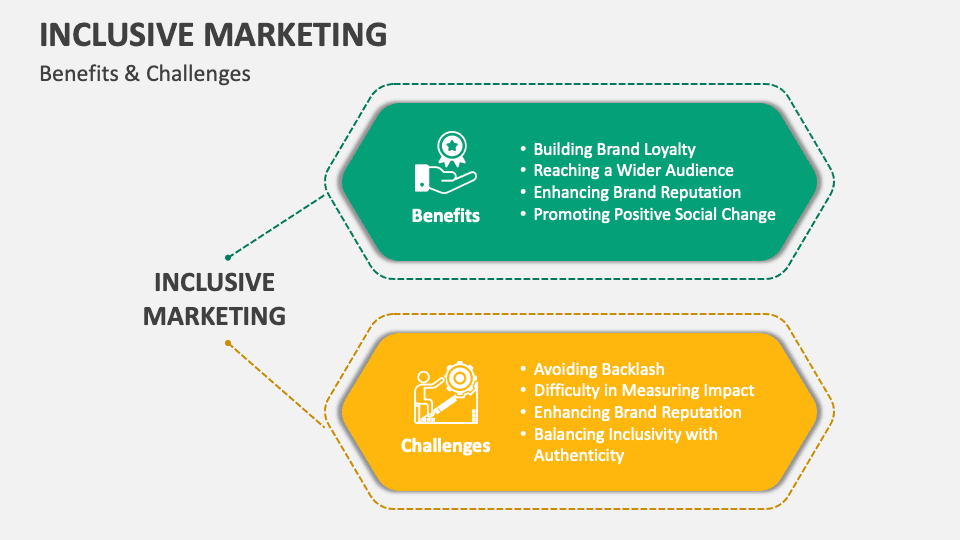Inclusive Marketing: Key Statistics and Strategies (Part 2)
In part 2 of this article, we will learn about the top statistics that emphasize the importance of inclusive marketing and provide the best strategies for implementing it effectively in 2024 and beyond. Understanding these insights and techniques will help businesses create more impactful and inclusive marketing campaigns.

Top Statistics for Inclusive Marketing in 2024
- According to Facebook, online campaigns with more diverse representation showed higher ad recall in 90% of the simulations they conducted. ● 2 out of 3 Americans say that their shopping choices are now shaped by their social values (McKinsey, 2022).
- 57% of consumers show greater loyalty to brands that commit to addressing social inequities in their actions (Deloitte).
- 64% of consumers will purchase or avoid a brand based on its position on a social or political issue (LinkedIn).
- 69% of Black consumers are more likely to buy from a brand that positively reflects their race/ethnicity in its advertising (Think With Google).
- Brands are more likely to be viewed positively by 67% of LGBTQ consumers when their advertising showcases that men and women have the same capabilities and roles (Think With Google).
10 Best Strategies for Inclusive Marketing in 2024
- Audience Research and Understanding: Conduct thorough research to understand your diverse audience’s needs, preferences, and values.
- Diverse Representation: Ensure diverse representation in your marketing materials, including imagery, language, and stories that resonate with various demographics.
- Cultural Sensitivity: Approach cultural references and celebrations respectfully and authentically, avoiding stereotypes or appropriation.
- Accessibility: Make sure your marketing content is accessible to people with disabilities, including website design, video captions, and alternative text for images.
- Inclusive Language: Use inclusive language that reflects diversity and avoids assumptions based on gender, race, or other characteristics.
- Collaboration with Diverse Voices: Collaborate with diverse creators, influencers, or community leaders to authentically represent different perspectives.
- Feedback and Engagement: Seek feedback actively from your audience and initiate meaningful conversations to discuss inclusivity openly and constructively.
- Internal Diversity and Training: Foster diversity within your organization and provide training to ensure all team members understand and support inclusive marketing practices.
- Authenticity and Transparency: Be genuine in your commitment to diversity and inclusion, ensuring your marketing efforts align with your company’s values and actions.
10.Continuous Learning and Adaptation: Continuously educate yourself on evolving social dynamics and diversity trends to refine and enhance your inclusive marketing strategies over time.
Inclusive marketing is more than a trend; it’s a necessity for brands. For successful inclusive marketing campaigns, consider partnering with Sphere Media Technologies. With our out-of-the-box strategies, innovative approach, and dedication to inclusivity, we can help your brand stand out in a competitive market and meet your marketing goals.

